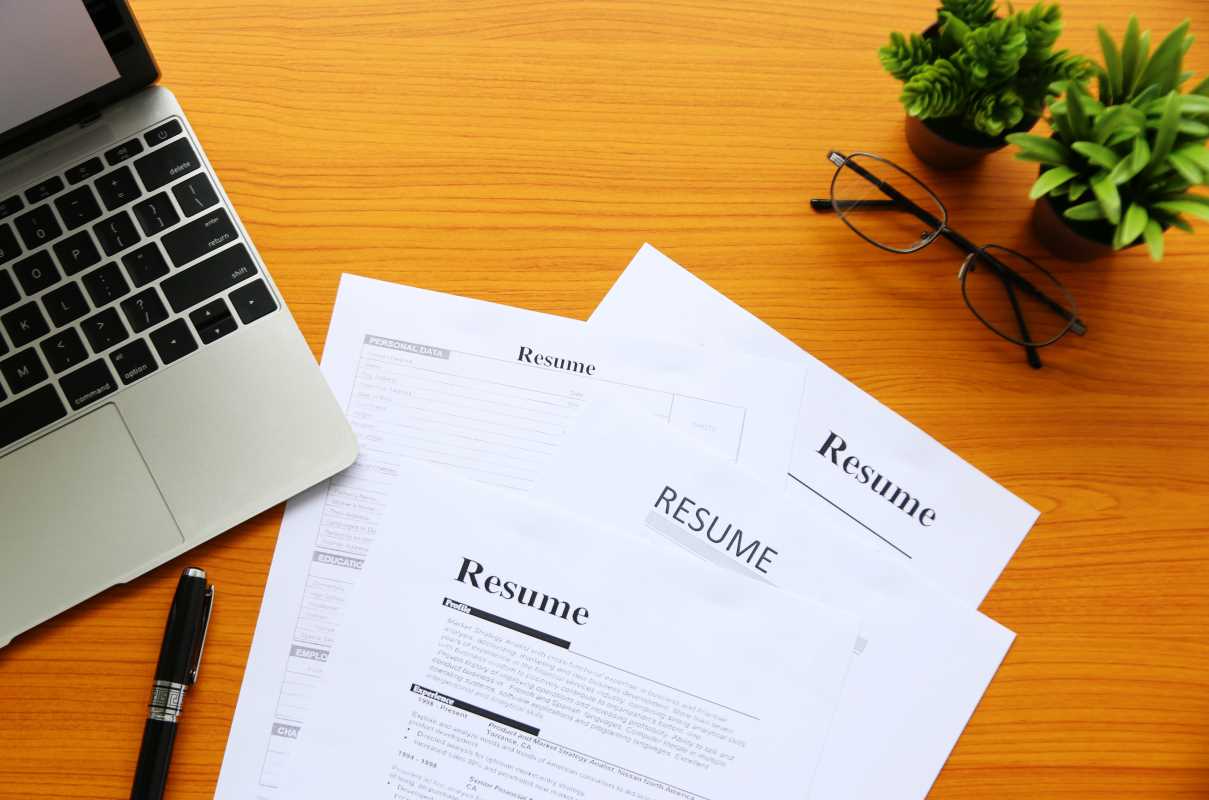Balancing personal relationships and work commitments often creates tricky situations that require careful handling. This article delves into the reasons why conflicts arise in such scenarios and offers practical advice on how to navigate them effectively. By illustrating techniques for speaking up confidently, listening attentively, and establishing clear boundaries between personal and professional interactions, it provides valuable insights. Mastering the art of collaboration when roles overlap not only eases day-to-day interactions but can also enhance and fortify relationships over time. Ultimately, these skills can lead to more harmonious experiences both personally and professionally.
Many find themselves in tricky spots where differing views on work and friendship clash. Understanding the reasons behind these conflicts can help address them with confidence and thoughtfulness. Clear communication and honest reflection pave the way for understanding and improvement in every situation.
Why Conflicts Happen Between Friends at Work
Sometimes the same qualities that make a good friend can also lead to misunderstandings when work is involved. Conflicts often arise because personal expectations do not always match professional demands. Tensions build when casual interactions at lunch or after school start affecting the decisions made during group projects or part-time jobs.
The challenges may come from unspoken assumptions or differing priorities, making it hard to balance loyalty with responsibility. Common causes include:
- Confusing the relaxed tone of personal chats with formal expectations at work.
- Unequal distribution of tasks when friends assume a partner will take on extra work.
- Mismatched expectations about time management and availability.
- Difficulty separating personal disagreements from work-related critiques.
Recognizing When Boundaries Are Blurred
Sometimes the line between friendship and work becomes hard to see. When small personal issues start affecting teamwork or decision-making, it signals that you need to reestablish boundaries. Watching your own behaviors and those around you can help catch these moments early before they lead to bigger disagreements.
When familiarity leads to assumptions, it becomes hard for someone to say no to an extra shift or to ask for help with completing tasks. Being aware of these signals is an important step in keeping work relationships healthy while maintaining friendships.
Effective Communication Strategies
Talking openly can clear up many misunderstandings. People can prevent many problems by discussing expectations clearly and respectfully, and by letting others know when they feel pressured or overlooked in certain tasks. A clear conversation helps everyone understand their roles and what is expected of them.
Try using these steps to guide your conversations:
- Listen actively to understand the other side without interrupting.
- Speak honestly about your own feelings while staying respectful.
- Avoid labeling or blaming; instead, focus on the specific behavior or situation.
- Ask clarifying questions when something seems off instead of assuming negative intent.
Resolving Conflicts: Step-by-Step Approaches
Addressing tension at work involves planning your conversation and actions carefully. Start by recognizing the situation when professional responsibilities and friendships intersect. Making sure both sides share their viewpoints can reduce misunderstandings and lead to practical adjustments. This process includes setting appointments for calm chats so that emotions do not overwhelm logic.
Having an organized discussion can help clear up what went wrong and help establish clear plans to move forward. Identify what caused the conflict and then decide together on changes that can keep personal and work roles separate.
When to Involve a Supervisor or Third Party
Sometimes direct conversations do not suffice. When attempts to resolve differences seem to stall or become too emotionally charged, it helps to involve someone who can step in impartially to guide the discussion. A supervisor or trusted third party can help both sides see angles they might have missed in the heat of the moment.
A neutral mediator may help to resolve conflicts by offering new perspectives and structured approaches to communication. This step is especially useful when repeated attempts to solve problems fall short and the issue begins to impact overall work performance.
Staying Friends After Workplace Disagreements
Disagreements at work don’t have to spill over into your personal life—remember that conflicts often stem from tasks or processes, not personal value. After a disagreement, set aside some time for an open, non-work chat to reaffirm mutual respect and remind each other of the friendship beyond the office. Simple gestures—like grabbing coffee together or enjoying a shared hobby—can help rebuild trust and ease any lingering tension.
Face challenges directly and separate work from personal matters. Open communication and listening help repair relationships and build stronger connections.
 (Image via
(Image via





